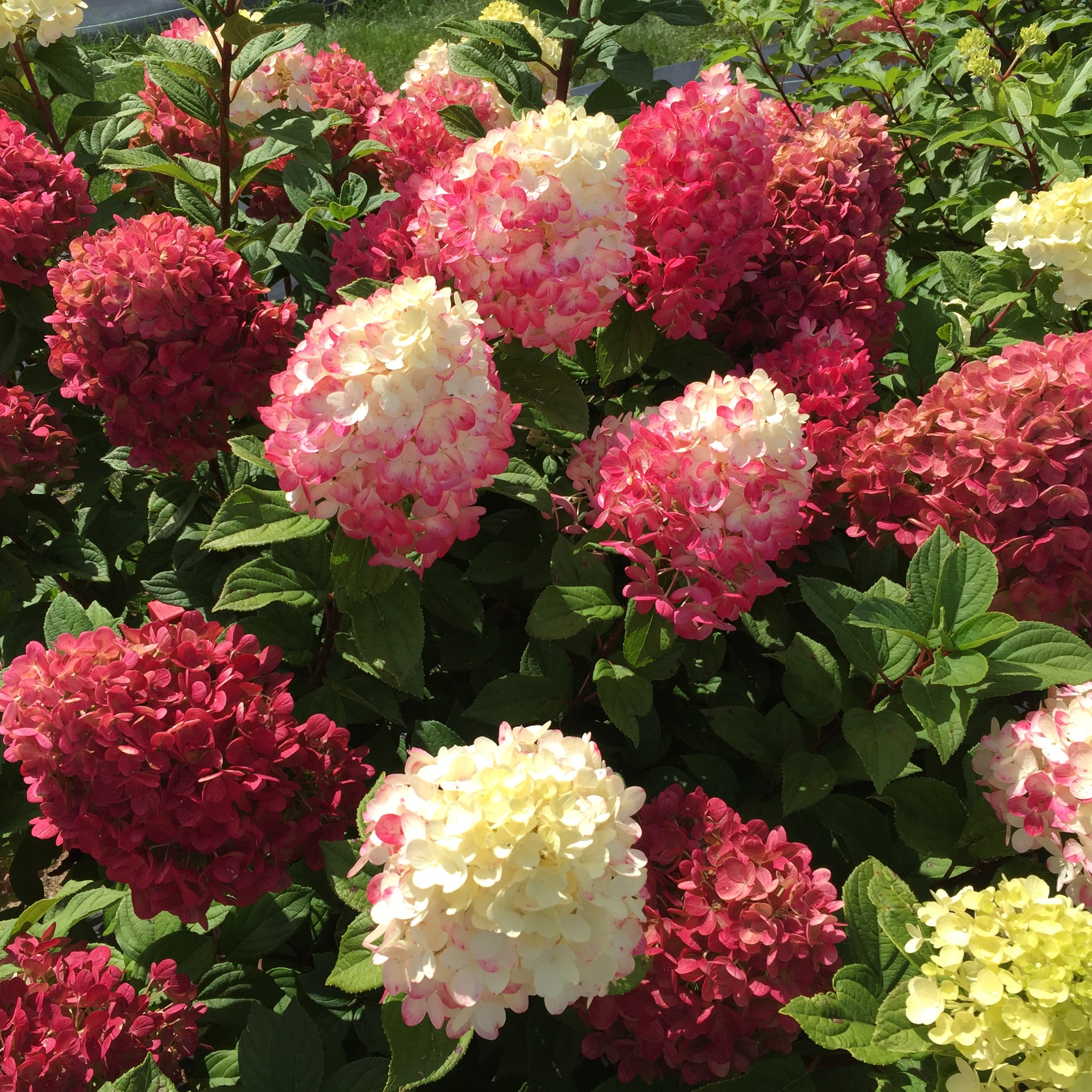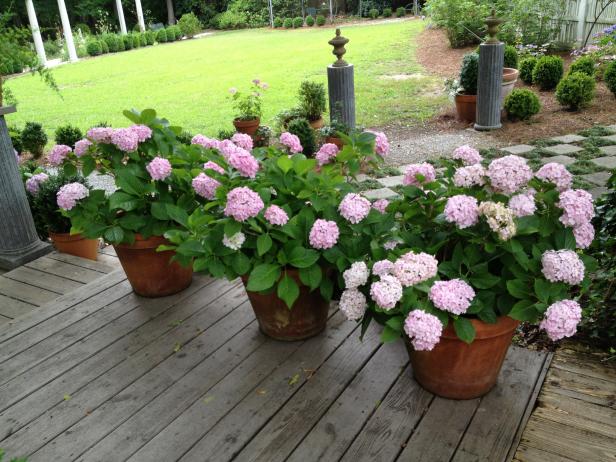Little Lime Hydrangea: The Perfect Shrub For Your Garden
Little Lime Hydrangea: The Perfect Shrub for Your Garden
Introduction
If you're looking for a beautiful and easy-care shrub to add to your garden, look no further than Little Lime Hydrangea. This compact shrub is perfect for small gardens, and it produces stunning lime-green flowers that will brighten up your yard from summer to fall.
In this blog post, we'll take a closer look at Little Lime Hydrangea, including its care requirements, planting tips, and potential problems. We'll also share some beautiful photos of this amazing shrub.
What is Little Lime Hydrangea?
Little Lime Hydrangea (Hydrangea paniculata 'Little Lime') is a dwarf variety of the popular Limelight Hydrangea. It grows to be 3-5 feet tall and wide, making it a perfect choice for small gardens.
The flowers of Little Lime Hydrangea are a soft lime green color when they first bloom, but they gradually turn creamy white and then blush pink as the season progresses. The flowers are held upright on strong stems, making them perfect for cutting and arranging.
Little Lime Hydrangea is a hardy plant that is easy to care for. It prefers full sun or partial shade and well-drained soil. It is also drought tolerant, but it will benefit from regular watering during hot, dry weather.
How to Plant Little Lime Hydrangea
The best time to plant Little Lime Hydrangea is in the spring or fall. Choose a location in your garden that gets full sun or partial shade. The soil should be well-drained.
Dig a hole that is twice as wide as the root ball of the plant. Place the plant in the hole and backfill with soil. Water the plant well.
Care for Little Lime Hydrangea
Little Lime Hydrangea is a relatively low-maintenance plant. However, there are a few things you can do to keep it healthy and happy.
- Water the plant regularly, especially during hot, dry weather.
- Fertilize the plant in the spring with a balanced fertilizer.
- Deadhead the flowers to encourage new blooms.
- Protect the plant from frost in winter.
Potential Problems
Little Lime Hydrangea is a generally trouble-free plant. However, there are a few potential problems you may encounter.
- Leaf spot: This fungal disease can cause brown or black spots on the leaves. To prevent leaf spot, water the plant at the base and avoid overhead watering.
- Pests: Little Lime Hydrangea is susceptible to a few pests, including aphids, spider mites, and scale insects. If you see any pests on your plant, you can treat them with insecticidal soap or neem oil.
Conclusion
Little Lime Hydrangea is a beautiful and easy-care shrub that is perfect for small gardens. With its lime-green flowers and compact size, it's sure to add a touch of elegance to your yard.
If you're looking for a new shrub to add to your garden, be sure to consider Little Lime Hydrangea. You won't be disappointed!
Are you looking for a beautiful and easy-care hydrangea that will add a touch of elegance to your garden? If so, you may want to consider the Hortensia Little Lime. This dwarf hydrangea is a compact variety that grows to just 3-5 feet tall and wide, making it perfect for small gardens or patio containers. It blooms in midsummer with large, cone-shaped clusters of creamy-white flowers that gradually turn pink in the fall. Hortensia Little Lime is a hardy plant that is easy to care for, and it can be grown in USDA zones 3-8.
If you're interested in learning more about the Hortensia Little Lime, I recommend visiting . This website has a wealth of information about the plant, including its history, care requirements, and pest and disease resistance. You can also find photos of the plant in bloom, as well as tips on how to plant and care for it in your own garden.
FAQ of hortensia little lime
1. What is a Hortensia Little Lime?
Hortensia Little Lime is a dwarf form of the popular Limelight Hydrangea. It has the same great flower power as Limelight, but in a smaller package. The flowers start out green in the summer and turn pink in the fall. Little Lime is an excellent choice for use in mixed borders or foundation plantings. Its sturdy stems are also good for cut flower arrangements.
2. How big does Hortensia Little Lime get?
Little Lime typically grows to be 3-4 feet tall and wide. It is a slow-growing plant, so it will not outgrow its space quickly.
3. Where should I plant Hortensia Little Lime?
Little Lime prefers full sun to partial shade. It is a hardy plant that can tolerate a wide range of climates. However, it does best in moist, well-drained soil.
4. How do I care for Hortensia Little Lime?
Little Lime is relatively easy to care for. Water it regularly, especially during the summer months. Fertilize it in the spring with a balanced fertilizer. Deadhead the flowers regularly to encourage new growth.
5. How do I propagate Hortensia Little Lime?
Little Lime can be propagated by taking cuttings in the spring or fall. Simply take a 4-6 inch cutting from a healthy plant and root it in a pot of moist potting mix.
Image of hortensia little lime
- Image 1: A full grown Little Lime hydrangea in full bloom. The flowers are a pale lime green color, with a hint of pink in the center.

- Image 2: A close-up of the flowers of a Little Lime hydrangea. The individual petals are small and delicate, with a slightly wavy edge.

- Image 3: A Little Lime hydrangea in a pot. The plant is compact and well-rounded, with dark green leaves and pale lime green flowers.
- Image 4: A Little Lime hydrangea in a garden setting. The plant is surrounded by other flowering plants, including roses, lilies, and daisies.

- Image 5: A Little Lime hydrangea in the fall. The flowers have turned a soft pink color, and the leaves are starting to change color as well.

Post a Comment for "Little Lime Hydrangea: The Perfect Shrub For Your Garden"